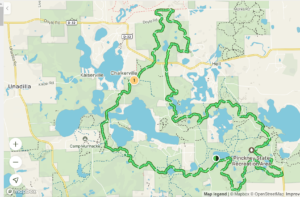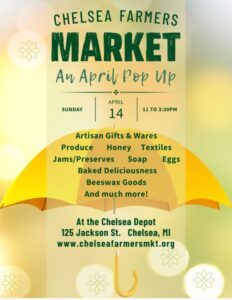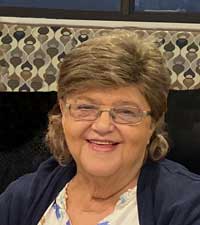
(Chelsea Update would like to thank Tom Hodgson for the information and photos in this column.)

Northern Cardinal: This bird gets its name because its color is reminiscent of bright, red, robes worn by Catholic Cardinals. Both the male and female have prominent crests on their heads.
Only the male sports bright, red plumage. The female is mostly olive-green with her head and wings tinged with red.
Cardinals love sunflower seeds. Though with us in the Chelsea area year-round, the males seem much redder against the winter snow.
House Finch: Originally a bird of the western U.S., the house finch was introduced along the East Coast as part of the illegal pet trade, and spread from there into the Midwest.
The male’s streaked body pattern is over-lain with a deep wine color. The female looks similar, but lacks the red color.

They are now a common sight in our area year-round.
Blue Jay: Not everyone is enamored with blue jays. They are very gregarious and often noisy. But, they can also intimidate other birds. Blue Jays are in the same family as the common crow and exhibit some of the same social behaviors.
Blue jays are another local year-round resident.
Tufted Titmouse: This bird resembles a miniature, gray cardinal, although its crest is not always as visible. It is with us in Chelsea all year.

One of the first birds to sing, the “peter, peter, peter” call of the male can be heard as early as February.
Black-capped Chickadee: The chickadee gets its name from its call note. All winter it says “chickadee-dee-dee-dee.” Its song, which we hear during the breeding season, consists of just two clear, plaintive, descending, notes.
American Goldfinch: Some people call this bird a “wild canary” for the bright canary-yellow color of the male in summer. But, there’s no such resemblance at this time of the year.
Goldfinch molt their yellow feathers after the breeding season and are a very drab olive during the winter. The male keeps just a hint of yellow around the head and shoulders.
White-breasted Nuthatch:Sometimes called the “upside down bird,” the

nuthatch often forages for insects by walking head first down a tree trunk.
A permanent resident throughout its range, it is most easily seen in winter when these birds are attracted to backyard feeders.
Sunflowers and suet are the white-breasted nuthatch’s favorite fare.
Carolina Wren: This bird was once an uncommon sight in Michigan, only present in mild winters. But, because of the warm winters in recent years, this bird has become much more common – both as a local summer nester and winter visitor to Chelsea backyard feeders.
If these wrens are in your neighborhood, suet will bring them to your feeder.















this was interesting and useful!